Layered Haircut Inspiration for Volume and Style
A layered haircut is one of the most versatile and flattering ways to change your hairstyle without sacrificing length. Layers add movement, reduce bulk, and can completely reshape how your face and hair behave — whether you want effortless texture, dramatic volume, or a polished everyday style. In this post you’ll find 13 creative layered haircut ideas, styling tips, maintenance notes, and realistic FAQs people actually search for when considering layers. Each idea includes who it suits best and quick styling pointers so you can show up at the salon confident and prepared.
Why choose a layered haircut?
Layers do three important things: they create motion, remove unnecessary weight, and frame features. For fine hair, layers can create the illusion of thickness. For thick hair, they control bulk and add shape. For curly and textured hair, layers prevent the dreaded triangle and encourage an even, bouncy silhouette. Best of all, layered cuts are highly customizable — your stylist can vary the length, density, and angle of layers to enhance your face shape, hair texture, and lifestyle. Read on for 13 layered haircut ideas ranging from soft, subtle shifts to bold, editorial looks.
Face-framing layers
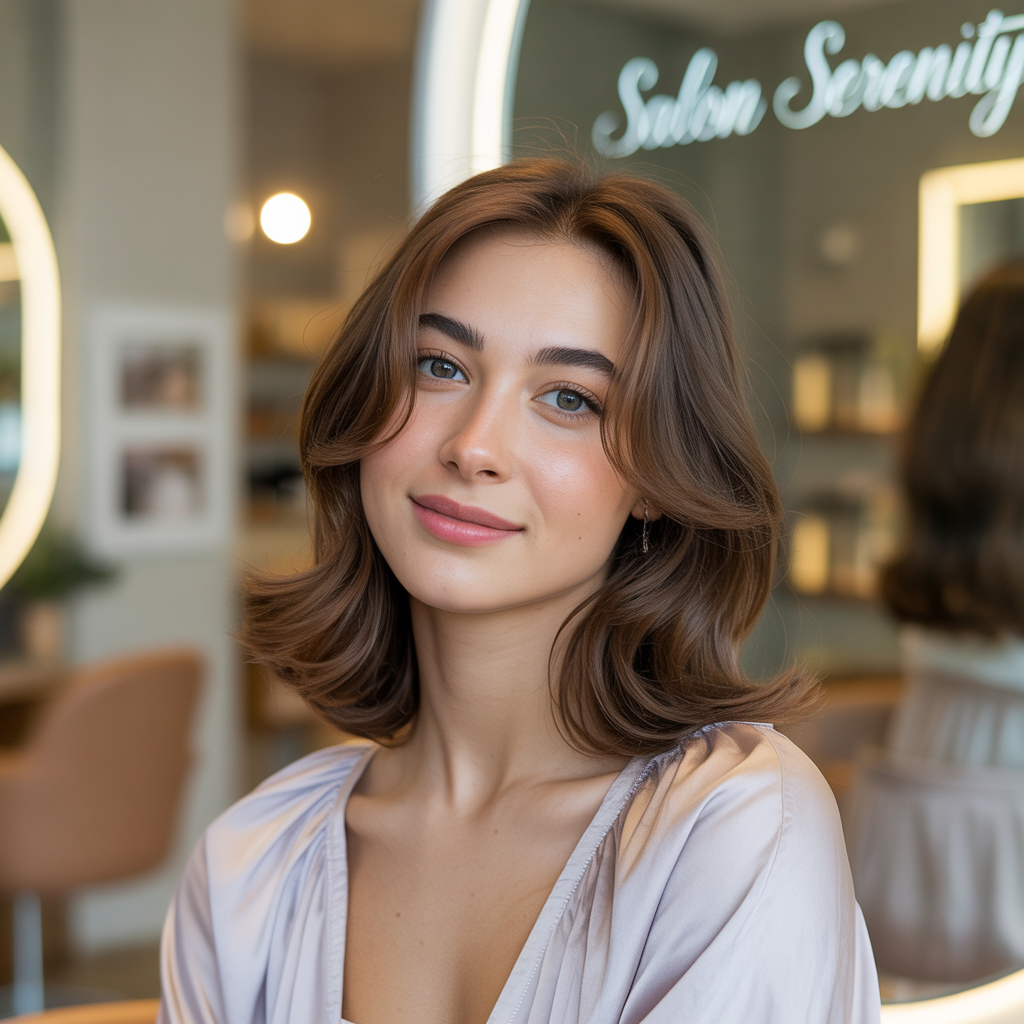
Face-framing layers are cut to follow the natural line of your face — usually starting around the cheekbones or jaw — and gently blend into the rest of the length. This approach brightens the face, softens strong features, and adds a flattering shape without major commitment.
Styling tip: blow-dry with a round brush or diffuse for curls; shorter front pieces can be tucked behind the ear for a quick style.
Who it’s for: anyone who wants subtle change; especially flattering for round or square faces.
Long curtain layers

Curtain layers are a soft, middle-parted style where long layers drape from the center and sweep to either side. They create effortless volume around the crown and a relaxed, lived-in look.
Styling tip: Use a light texturizing spray and loosely blow-dry or air-dry; add a soft curl at the ends for extra movement.
Who it’s for: great for long hair that needs shape without losing length.
Short choppy layers (textured bob)

Short choppy layers create a textured bob that looks modern and playful. The layers are intentionally uneven to produce movement and an edgy silhouette.
Styling tip: Apply a small amount of matte paste or sea-salt spray and scrunch for definition.
Who it’s for: people seeking a low-maintenance, fashion-forward cut with lots of personality.
Feathered layers
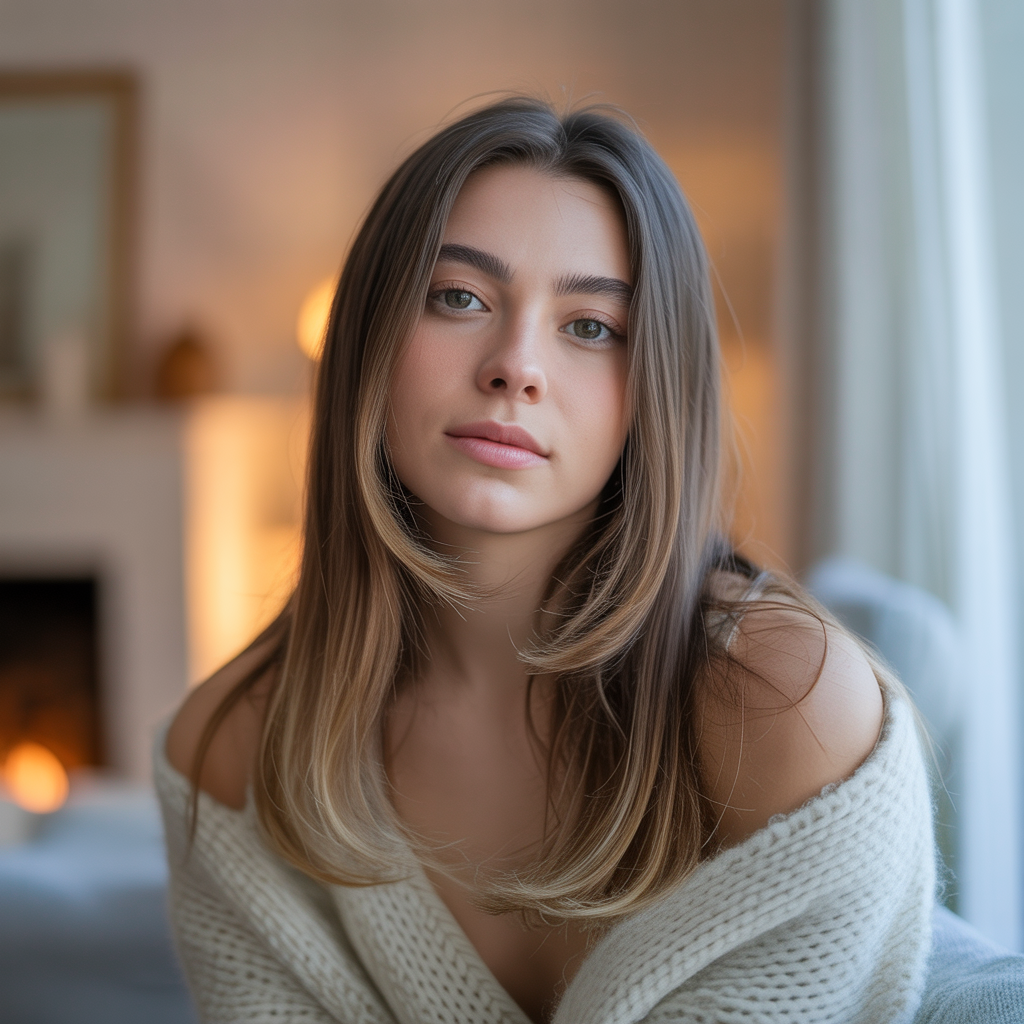
Feathered layers are tapered and soft, often cut with a razor or point-cutting technique to create wispy edges. This style gives a featherlight finish and works beautifully on medium to long hair.
Styling tip: Use a lightweight serum to define the feathered ends, and a round brush to boost the crown.
Who it’s for: ideal for fine hair or anyone who wants a soft, romantic look.
Blunt ends with layered interior
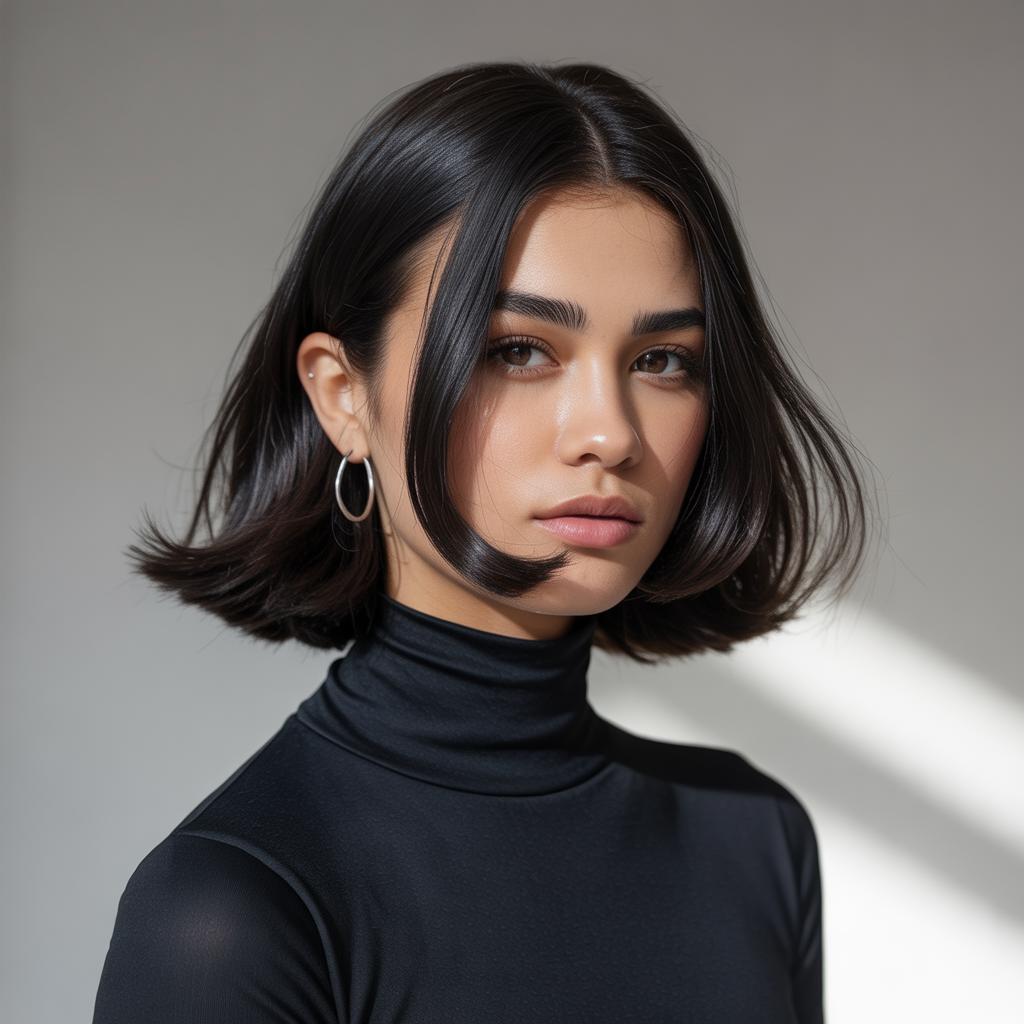
This hybrid style keeps a blunt, clean finish at the ends while adding internal layers for volume and movement. It’s structured yet soft — the best of both worlds.
Styling tip: Keep the ends sleek with a flat iron while using a volumizing mousse at the roots.
Who it’s for: people who prefer a polished look but still want texture and body.
Layered pixie
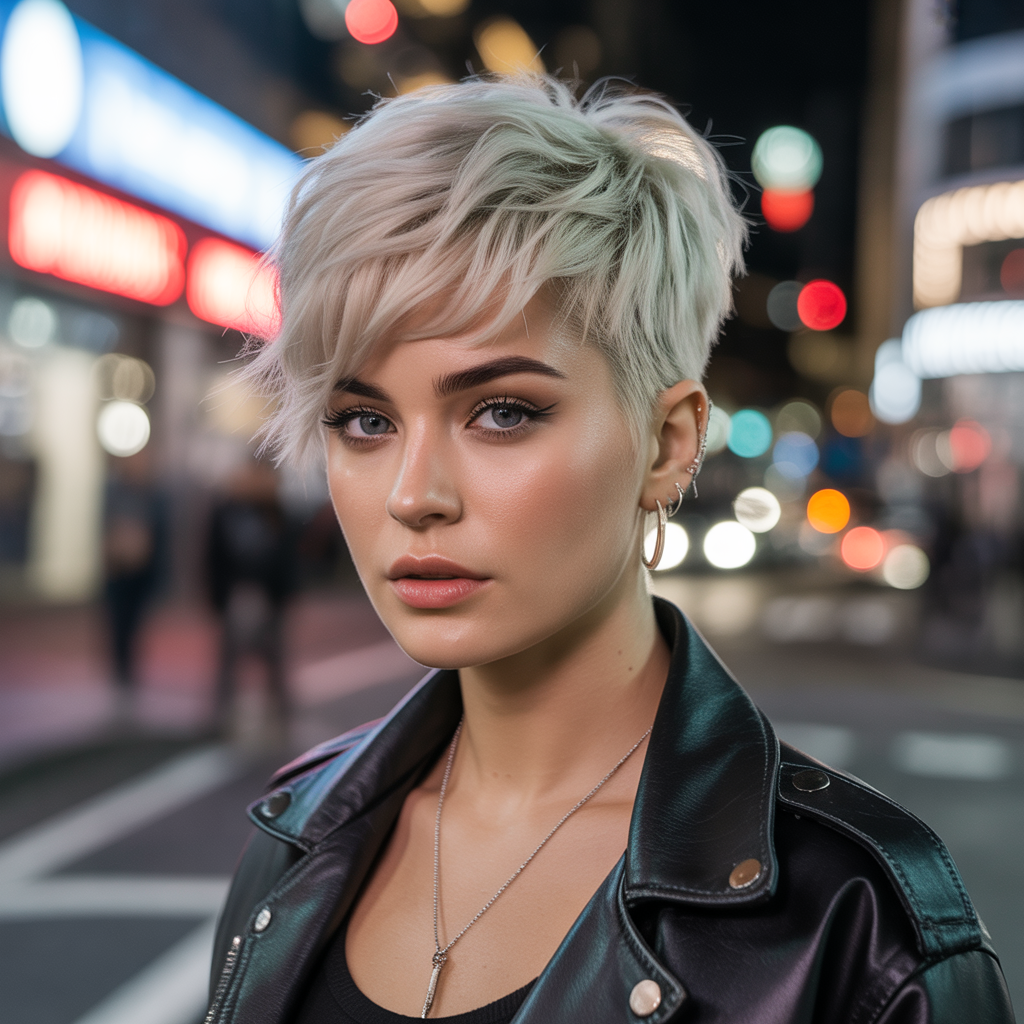
A layered pixie uses graduated layers across the crown and sides to create texture and shape in a very short cut. The result is a chic, bold style with surprising versatility.
Styling tip: Use wax or pomade to define pieces and add separation.
Who it’s for: confident clients who favor low-maintenance washing-and-go routines and bold style statements.
Long layers with curtain bangs
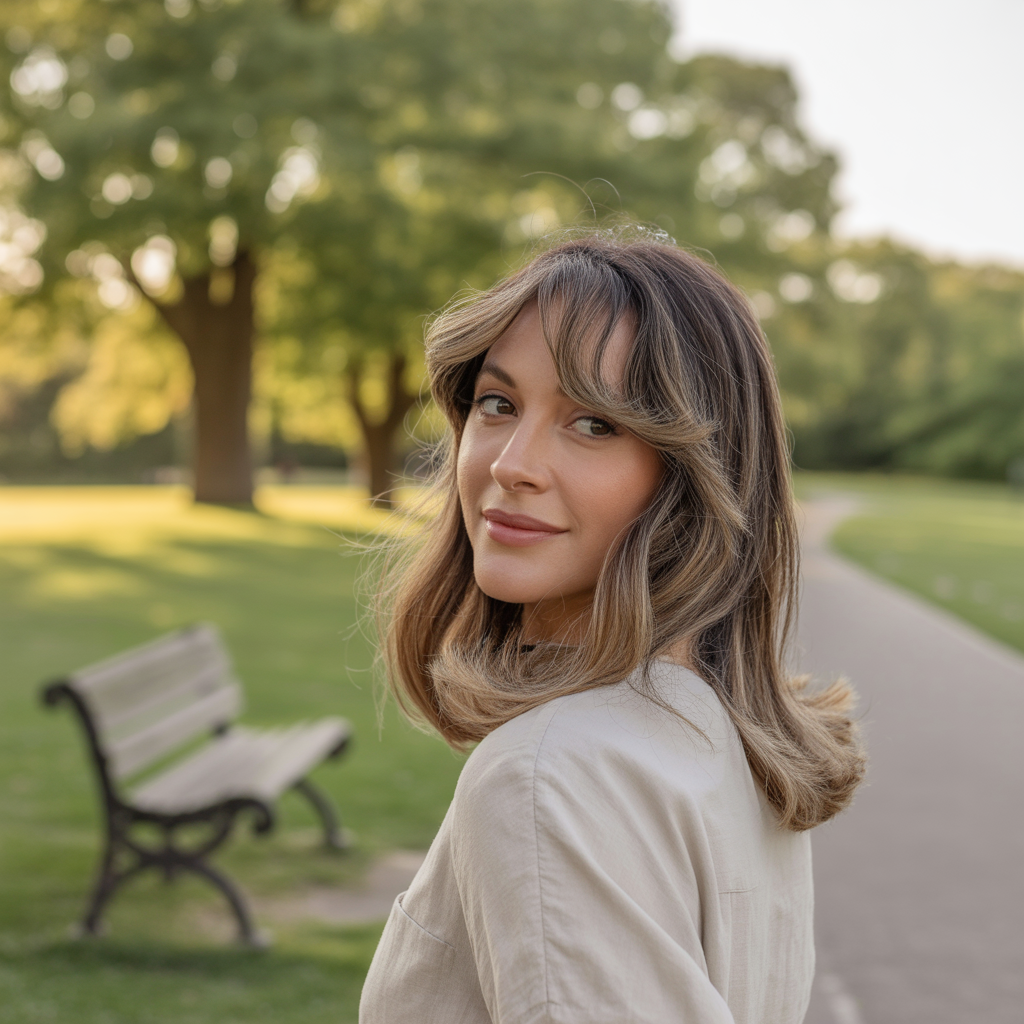
Pairing long layers with curtain bangs softens the face and revamps long hair without much upkeep. The bangs blend into the layers for a seamless, flattering frame.
Styling tip: Blow-dry bangs with a round brush, directing them away from the center for that classic curtain effect.
Who it’s for: great for those who want something fresh but conservative enough for professional settings.
Layered shag
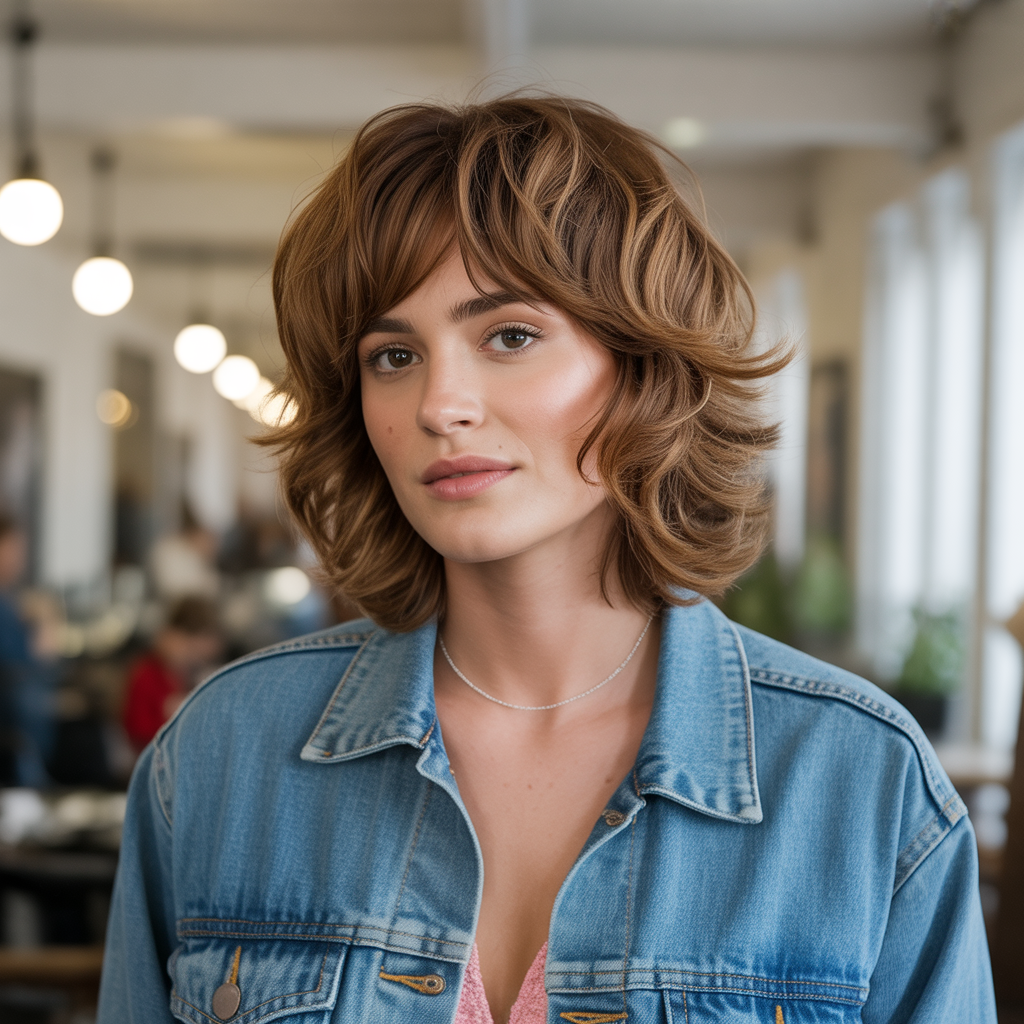
The modern shag is all about lots of short-to-medium layers, a textured crown, and a slightly shaggy finish. It’s high on movement and personality — an especially trendy choice.
Styling tip: Finish with a salt spray and scrunch while drying to enhance the shaggy texture.
Who it’s for: adventurous clients and those with naturally wavy or slightly curly hair.
Long layers for curly hair

Curly hair benefits enormously from well-placed layers. Layers remove triangle-shaped bulk and allow curls to spring without weighing down the ends.
Styling tip: Cut curly hair dry where possible, to see the curl’s natural shape; use leave-in conditioner and a curl-defining cream.
Who it’s for: anyone with medium to tight curls seeking shape and definition.
Blended layers for thick hair
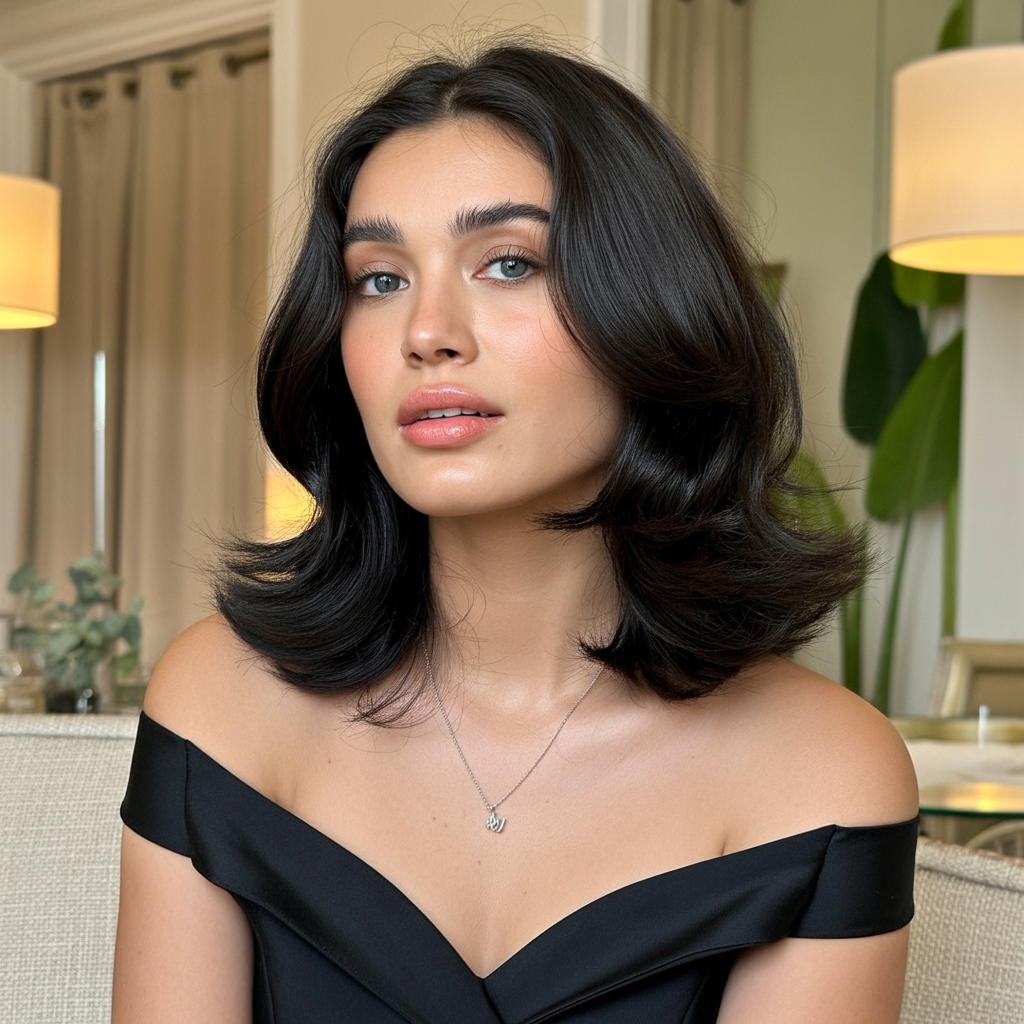
Thick hair often needs internal layering to remove weight and avoid a heavy, boxy silhouette. Blended layers keep volume while allowing hair to move freely.
Styling tip: Ask for longer layers at the bottom and shorter ones near the crown to disperse weight effectively.
Who it’s for: clients with very thick hair who want manageability without losing density.
Wispy layers for fine hair
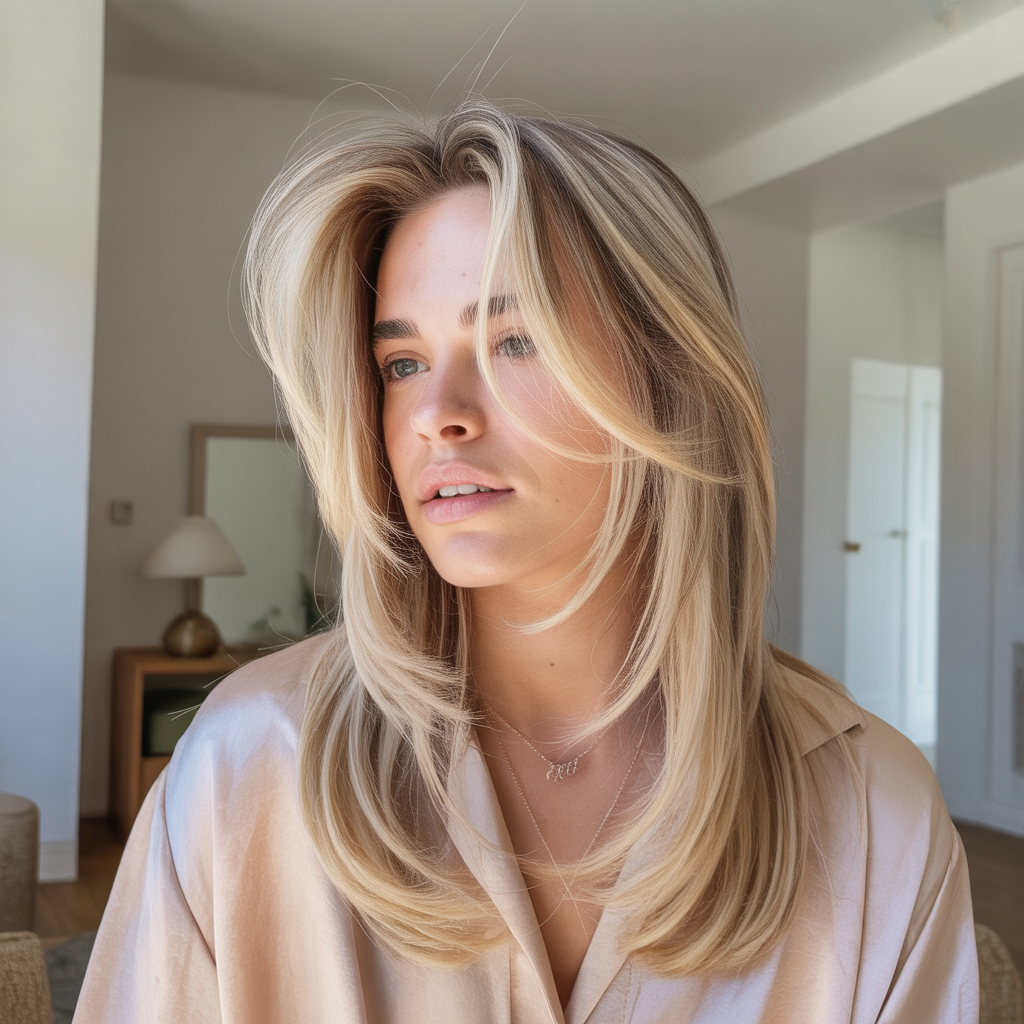
Wispy layers are soft, graduated cuts that create the illusion of thickness at the ends and more lift at the roots. They give fine hair a breezy, fuller appearance.
Styling tip: Use root-lifting spray and a low-DH blow-dry to maximize volume; avoid over-thinning with scissors.
Who it’s for: people with fine or limp hair who want a fuller look without heavy products.
Asymmetrical layered cut
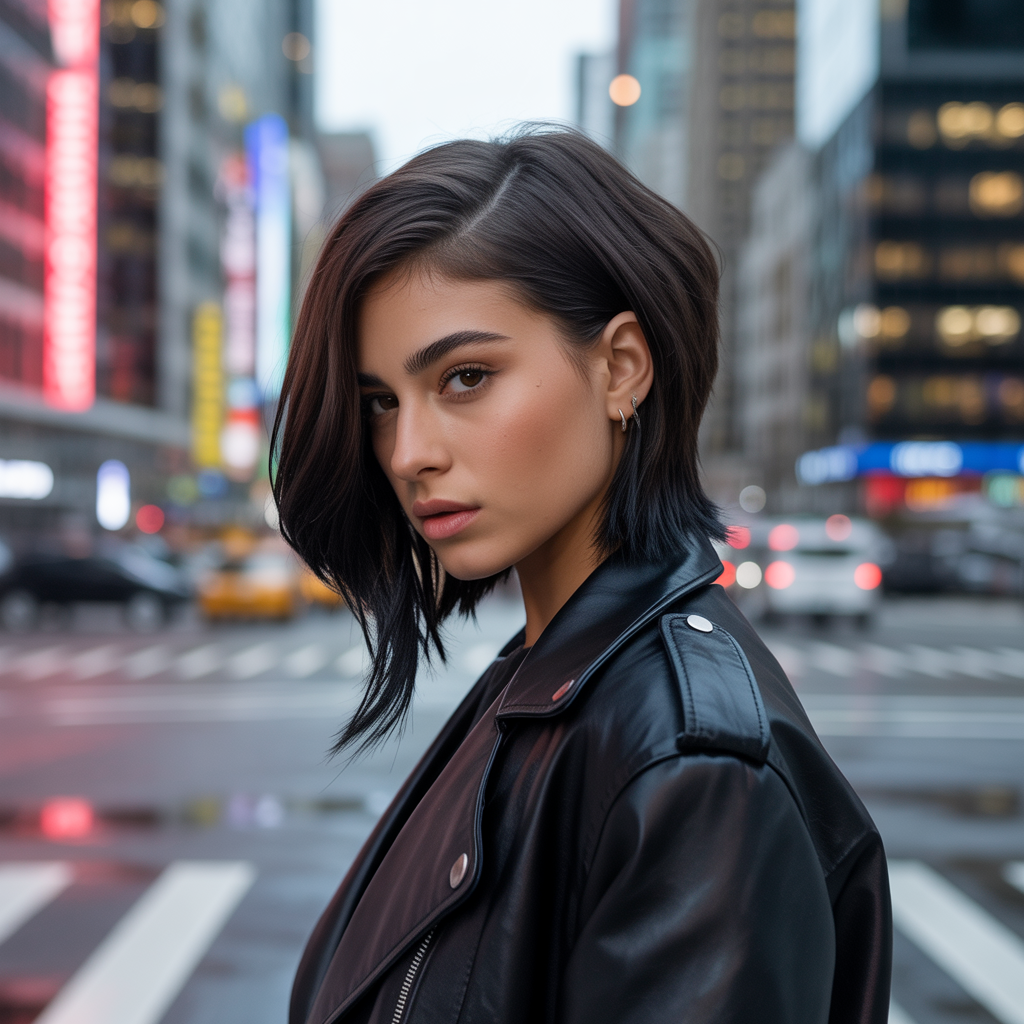
An asymmetrical cut places layers unevenly — longer on one side, shorter on the other — creating drama and modern structure. It’s a bold, editorial choice that reads as intentional and stylish.
Styling tip: Keep one side tucked or pinned to emphasize the angle; use smoothing balm for a polished finish.
Who it’s for: fashion-forward clients who want a distinctive look and are comfortable with an eye-catching silhouette.
Layered lob (long bob)
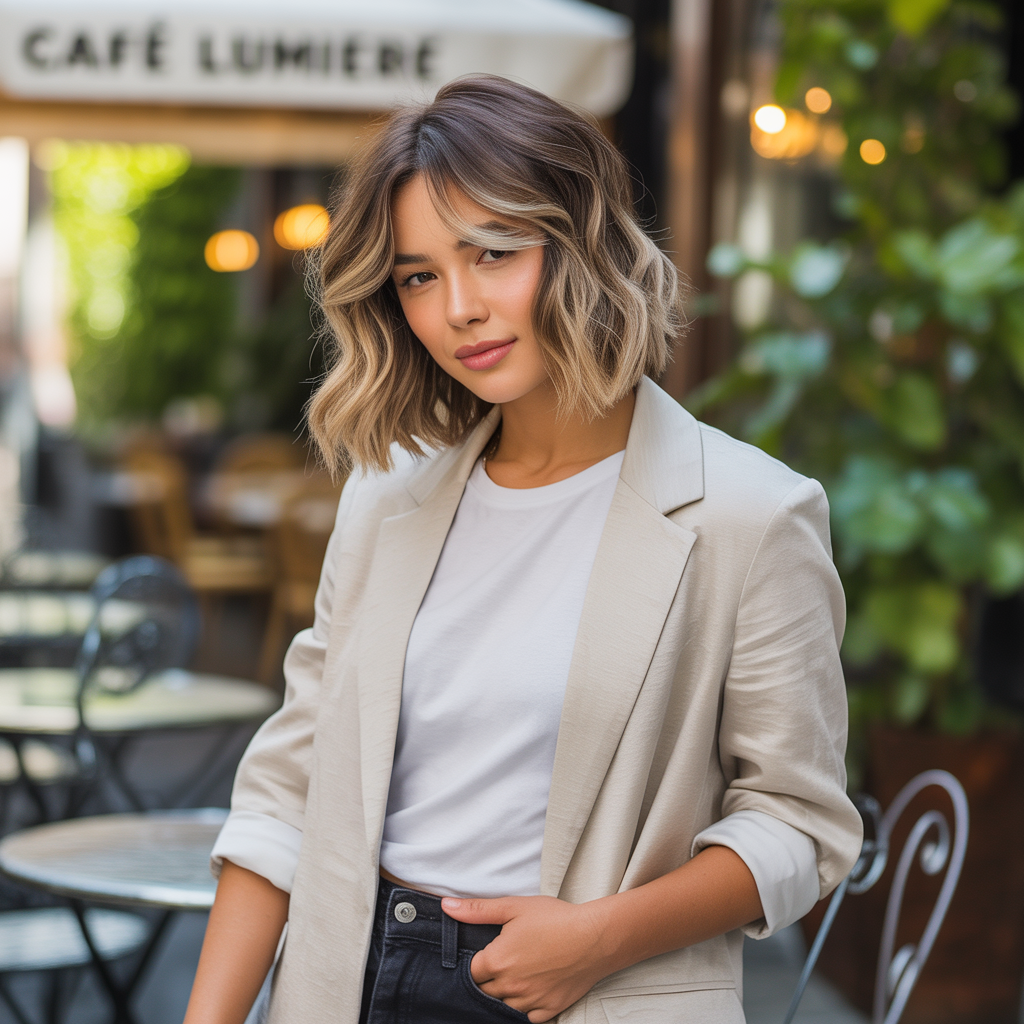
The layered lob combines the flattering length of a long bob with internal layers to provide movement and lightness. It’s a universally flattering option that adapts to curly, straight, and wavy hair.
Styling tip: Add a soft inward curl at the ends for a professional, wearable finish.
Who it’s for: anyone seeking a modern, easy-to-maintain style that works across face shapes and textures.
Quick styling and product guide
- For volume: use a root-lift mousse on damp hair and blow-dry with the head upside-down or a round brush.
- For texture: a sea-salt spray or light texturizing spray adds separation — spray mid-lengths and scrunch.
- For smoothing: use a small amount of serum on the ends to control frizz and keep feathered layers polished.
- For curl definition: apply a curl cream or gel when hair is soaking wet and diffuse on low heat.
- For hold: finish with a flexible-hold hairspray that lets layers move without stiffness.
How to talk to your stylist about layers
Bring photos showing the shape, length, and density you want. Be specific about your routine: how often you wash, whether you use heat tools, and how much time you’ll spend styling. Mention the exact problem you want solved (too much bulk, limp roots, lack of shape) so your stylist can adjust layer placement and thinning accordingly.
Maintenance: how often to trim and when to refresh layers
Layers usually need a trim every 6–10 weeks to keep edges clean, especially for short choppy styles or bangs. Longer layered looks can stretch to 12 weeks, but regular trims prevent split ends and keep the intended shape. If your hair is color-treated, coordinate trims with color appointments to maintain a fresh look.
5 Frequently Asked Questions (searched and reality-based)
Will layers make my hair look thinner?
Layers can make hair appear thinner if removed excessively from the ends, but when cut correctly they create the illusion of volume by adding movement. Ask your stylist for face-framing or longer layers if you’re worried about losing perceived thickness.
Can I get layers if I have a round face?
Yes. Long, graduated layers that start below the chin and slightly angle away from the face are ideal for elongating a round face. Curtain bangs or side-swept pieces also help create vertical lines.
How do layers affect curly hair?
Properly placed layers reduce the triangular shape common in curly hair, allowing curls to sit more evenly and bounce. Curly hair is often cut dry so the stylist can shape each curl more precisely.
Will layers ruin my ability to wear my hair in a ponytail?
Shorter layers may not stay in a smooth ponytail and can create face-framing tendrils. Longer layered cuts still allow for ponytails but may have more movement at the crown and ends. If you frequently rely on sleek updos, request longer, subtler layers.
How much will a layered haircut cost?
Prices vary widely by salon, region, and the stylist’s experience. Expect basic layering at a mid-range salon to be similar to a standard cut price; specialty techniques (razor work, dry-cut for curls) or high-end salons cost more. Always check the salon menu or call ahead for an estimate.
Final Thoughts
A layered haircut is a powerful styling tool — subtle enough to keep your length, yet transformative enough to refresh your image. Whether you choose feathered, choppy, curtain, or blended layers, the most important step is communicating clearly with your stylist about your hair texture, lifestyle, and the look you want to achieve. Use the ideas in this post to save time at the salon and to make a choice that fits your routine and face shape.
If you’re unsure where to start, begin with small changes: a few face-framing layers or light internal layering. From there you can gradually go bolder. Layers reward experimentation — with the right cut and styling routine, your hair will look more alive, dimensional, and effortlessly chic.







